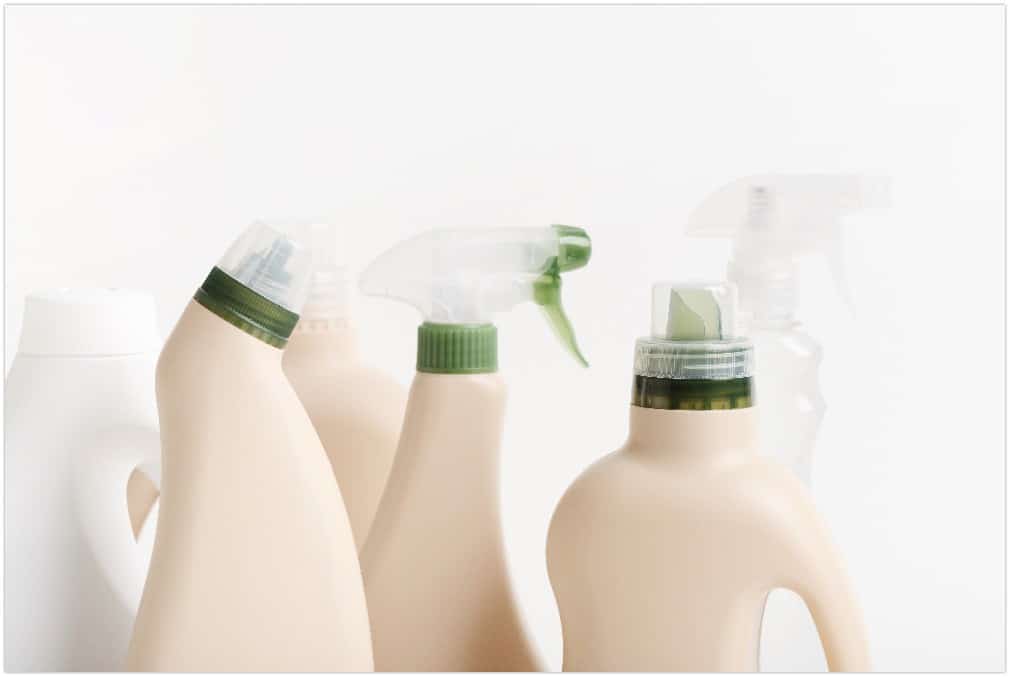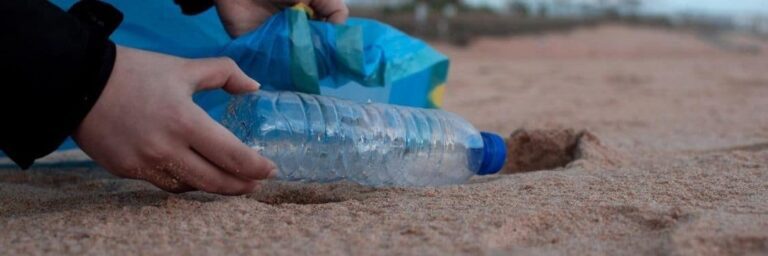Chemicals become an integral part of our lifestyle. Although they are a common sight in your home, many of these chemicals are hazardous to you and your loved ones. Children are the most vulnerable from all these dangerous chemicals lurking within your house and properties.
Almost all hazardous chemicals in your home come with warning signs such as being corrosive, flammable, reactive or toxic. But these harmful substances in your home are not only present in labelled bottles and products. It is present anywhere— posing extreme risks to your pets, greenery and even your family’s health.
The perks of being informed about the harmful household chemicals can help you avoid it and protect anyone, particularly your children. That said, here are the hazardous chemicals that you might regularly use or encounter in your home:
Cleaning Agents
Undeniably, chemical solutions can make your cleaning session at home effortless and faster. But it comes with a downside: many household cleaning agents consist of hazardous chemicals. Some of these are:
Bleach
Bleach solutions can help you attain spotless and crystal clean tiles, floors and other hard surfaces in your home. As it is a potent corrosive substance, handling bleach can irritate your eyes and skin. It can affect your respiratory system if inhaled too. Never let your children play any bottle of bleach as ingestion can cause vomiting or edema and coma.
Drain Cleaners
The frequent use of your drain cleaner can expose you to lye— an extremely corrosive substance that can burn your eyes and skin. Ingesting a small quantity of drain cleaners can affect your throat, stomach and in some case, even death.
Carpets or Upholstery Cleaners
Beware of your upholstery cleaning solutions. Most of these products contain perchloroethylene (used for dry cleaning), ammonium hydroxide and naphthalene. These substances release fumes that can cause cancer, liver damages, sleepiness and disorientation, among others.
Ammonia
Careful handling of ammonia is a must, especially if someone in your family has asthma and other lung problems. Accidental inhalation of ammonia can irritate your nose, throat and lungs. Adding chlorine to ammonia is a misconception of more effective cleaning— as it can only produce more dangerous gases in your home.
Oven Cleaning Solutions
Many of the oven cleaners that you might be using in your home have corrosive alkalis. Once you inhale or ingest these oven cleaning solutions, it can gravely affect your gastrointestinal tracts and respiratory system. That’s why it’s crucial to have protective clothing when handling such hazardous substance.
Pest Control and Gardening Products
Pet flea and tick treatment
Removing all the fleas and ticks of your furry pets can give them the comfort they deserve. But be cautious of the treatment solutions for your pet’s flea and ticks removal. These products might save your pets from bites, yet it can expose them to damaging harmful contents. The hazardous chemicals can also give you headache, nausea and dizziness once you attempt to pet them after treatment application.
Mothballs
Mothballs are vital to make sure your home is free from any pests and insects. Although it saves you from unwanted creatures manifesting your house, it has naphthalene that can destroy your red blood cells and cause cancer to animals. As of now, there’s no proof that it can cause cancer to humans, but still, you need to ensure safety upon using naphthalene balls.
Pesticides
Applying pesticides in your backyards and garden can help you attain unblemished greenery and pest-free fresh produce. Studies have linked that exposure to your pesticides can result in leukemia, risk of autism in infants and other adverse health effects to anyone in your home.
Air Fresheners
Got a relaxing scent due to air fresheners in your home? Although it can mask the odour in your home, air fresheners have toxins that can accumulate in your body over time. Those toxins can lead to congenital disabilities or reproductive health problems to the children in your home.
Flaking Paint
It’s a no-brainer that paints are toxic and harmful to anyone once excessively inhaled or ingested. But lead-based paints are more potent that are present in decades-old homes. Lead-based pigments become hazardous once it starts to flake. Inhaling these dangerous particles can lead to lead poisoning in your home.
Flame Retardants
As its name suggests, flame retardants are useful to make your old couches, mattresses and carpet padding less flammable. But inhaling these hazardous particles can cause asthma and allergies, decrease in your children’s IQ and other health implications. That’s why it’s vital to frequently vacuum and clean your furniture and other surfaces to prevent inhaling dust laced with flame retardants.
Conclusion
Hazardous chemicals in your home come with a warning and precautionary signs, mainly to ensure anyone’s safety. But not all these harmful substances are inside well-labelled bottles and consumer products. Thus informing one’s self on hazardous chemicals is essential to avoid the widespread use of these and reduce the risks it poses in your home.
At Paul’s Rubbish Removal, we are your one-stop-shop when you need to dispose of all your household hazardous chemicals properly. As much as we value your safety and health, our expert removers can safely eliminate all these harmful substances in your home. We follow standardised protocol and safety measures in collecting and delivering all your toxic household solutions to the treatment facilities across the Sydney region.
With over ten years of industry experience, Paul’s assure to get rid of all your household hazardous chemicals in one visit. Contact our accommodating staff at 0407 125 125 to solve all your worries from the dangerous chemicals in your home.







